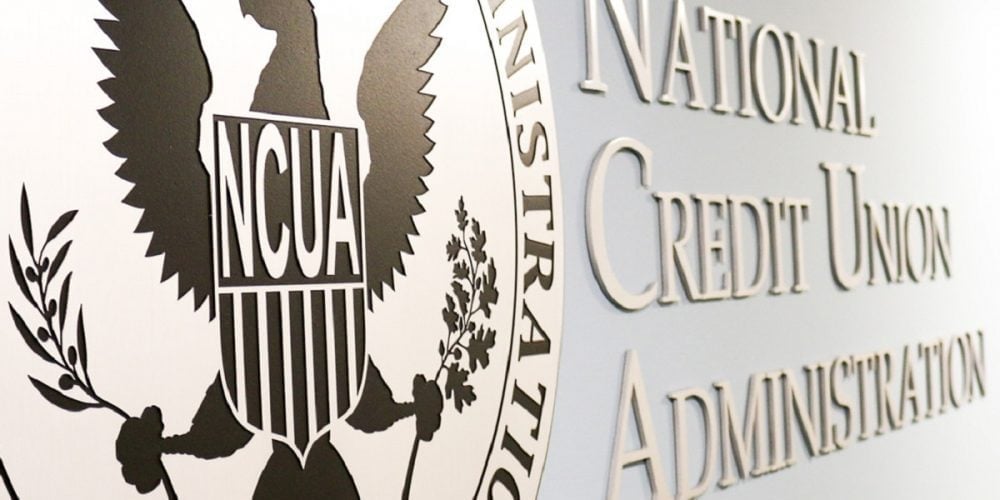 by: Harry Stephens, President and CEO, DATAMATX
by: Harry Stephens, President and CEO, DATAMATX
Things certainly have changed over the last ten years in the way we use electronic communications. Looking back just a little more than a decade, websites weren’t yet deemed a “must-have” for business. We checked our mailboxes more often then we checked our email inboxes and mobile devices were strictly for making phone calls.
Today, the Internet and email—along with smartphones, tablet computers and a variety of other communications technologies—are integrated into our daily lives and are also a key part of our business processes. In an era of text messaging and real-time news, businesses must embrace the adoption of electronic delivery of information. One way is by offering value-added services such electronic bill presentment and payment (EBPP) to deliver regular statements to members via their mobile devices as well as the Web.
The electronic alternative
In addition to the fast adoption of these technologies, the United States Postal Service (USPS) requirements keep changing and growing in complexity, providing another reason to consider diversifying existing statement delivery channels. When you add to this the likelihood that more changes are coming from the USPS by way of facility closures and possible changes to the current six-day delivery plan, credit unions stand ready to reap the benefits of electronic statement delivery.
EBPP can lower costs while giving members a choice in the way they receive statements and pay bills. NACHA, the organization that promotes and tracks electronic payments, reported in a recent study that EBPP has seen a growth rate of 32% across all industries, with a 24% increase in its adoption by financial services providers over the last two years. More than half of the financial service sector surveyed saw EBPP as a significant opportunity to reduce costs for their organizations and provide greater self-service to members.
Key advantages of electronic delivery
For credit unions that send out a high volume of monthly statements, EBPP can dramatically reduce administrative and materials costs, even if only a portion of members migrate to EBPP. The immediate benefits of electronic delivery and processing eliminate printing and postage costs, but also go on to include:
- Improved cash flow. The NACHA study indicated that one reason many members prefer EBPP is because it allows them to make “instant” electronic payments to pay bills on time and avoid late charges. Electronic billing also eliminates the need for human intervention to process payments, which expedites processing and improves accuracy.
- Improved member relations and retention. EBPP communications are a prime opportunity to build loyalty and encourage member feedback. Expanding payment channels to include electronic delivery can boost member satisfaction by allowing them to make a payment using their preferred method.
- Protection against fraud. Security is always an important concern when implementing EBPP and marketing it to your members. Security features must be carefully considered when evaluating electronic billing solutions, including data confidentiality, biller authentication, and non-repudiation of statements and bills. These measures assure members that their confidential information remains secure and intact.
- Going “green.” Increasingly, concern for the environment is required as part of being a responsible corporate citizen, and this is true for any business, including credit unions. EBPP can be an effective and high-profile part of a green initiative.
Three key components of EBPP
A majority of transactional mailers choose to partner with a third party provider due to the cost of investment in an internal EBPP solution. If your credit union is working with a service provider and you are sending electronic communications, here are three key components that your EBPP solution should include:
- Secure payments. Security should be at the top of the checklist when examining EBPP solutions. Secure payments and tracking will ensure the safety of your members’ sensitive data and your credit union’s peace of mind.
- Mobile. With the rapid growth of mobile devices, providing mobile payment options will grant your members the ease and freedom of making payments and viewing statements conveniently on the go.
- Online archives. Electronic archiving gives members convenient and immediate access to historical statements online in multiple formats, which can reduce call center associated costs.
Additionally, when evaluating potential third party providers look for SSAE-16 Type II compliance. That means they meet the Statement on Standards for Attestation Engagements No. 16 (SSAE-16), a widely recognized auditing standard developed by the American Institute of Certified Public Accountants (AICPA). The standard ensures that all outsourced documents are handled in a secure, reliable and stable environment with tight process controls in place.
Looking ahead
As we continue to charge ahead into the 21st Century, the use of electronic, multichannel communication technologies will become more of a requirement than an option. Promoting a sense that you know and understand your members’ payment preferences and are working to meet their expectations may be one of the most beneficial things a credit union can do. Expanding existing payment channels to include EBPP can not only bolster member loyalty for credit unions but can also bring cost-savings, greater security and an improved cash flow with it.
Harry Stephens is President/CEO and founder of DATAMATX, one of the nation’s largest privately held, full-service providers of printed and electronic billing solutions. As an advocate for business mailers across the country, Stephens is actively involved in several postal trade associations. He serves on the Executive Board of the Greater Atlanta Postal Customer Council, Major Mailers Association (MMA), PCC Advisory Committee (PCCAC), and the Board of the National Postal Policy Council (NPPC). He is a board member of The Imaging Network Group (INg), an association for Transactional and Direct Mail Marketing service bureaus. As an expert on high-volume print and mail, he has frequently been asked to speak to various USPS groups. You can contact Harry Stephens at hstephens@datamatx.com.






